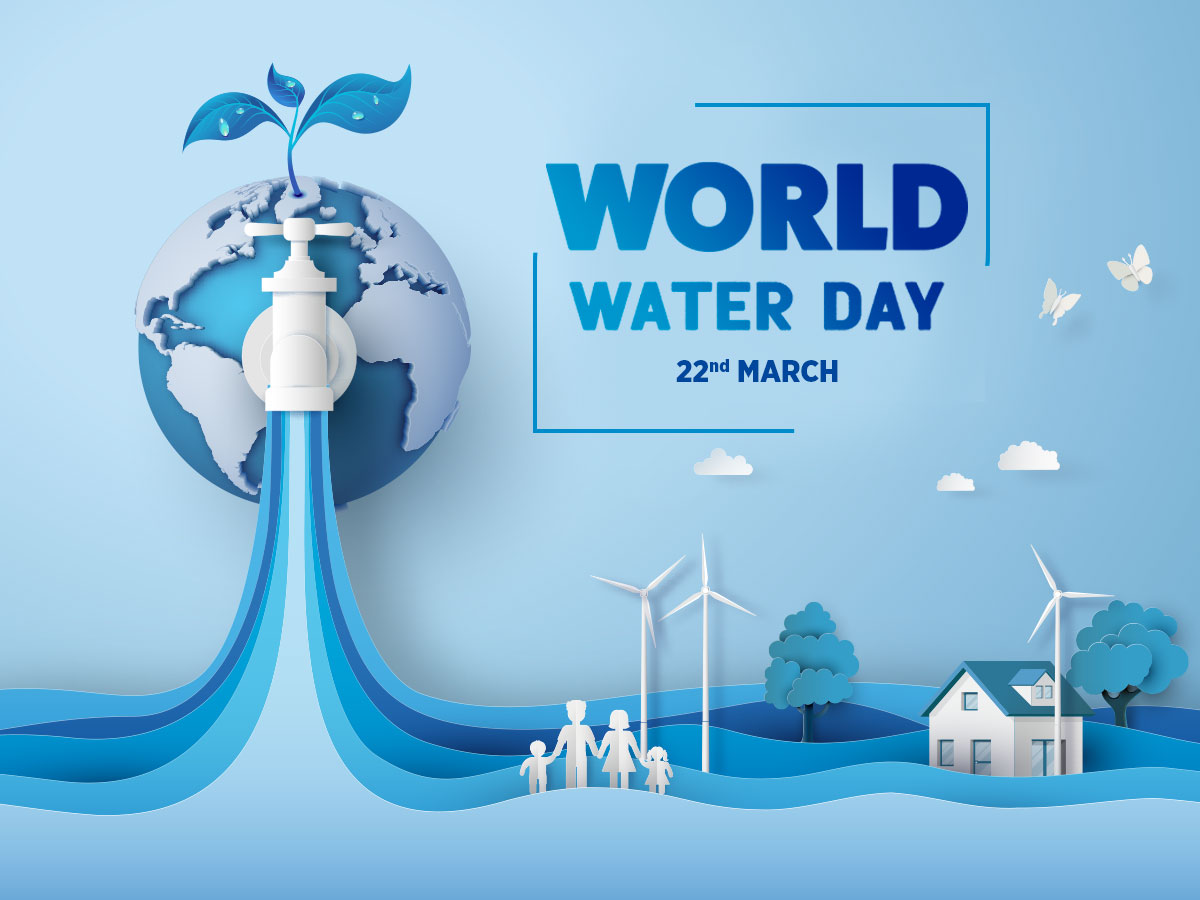
The paradigm of ill health in affluence
Why does a country which is the undisputed world leader in the field of medicine have the greatest percentage of its citizenry on prescription drugs? In fact this nation, a world leader in almost all spheres of human activity is also the greatest drug consumer, with the greatest number of its populace under regular medication. Is it a coincidence of the result of the very affluence? Does affluence affect you inversely when it comes to true health?
These have been called “diseases of affluence” because they tend to increase in prevalence as countries increase in material wealth, with a combined increase in meat and calorie availability along with more sedentary jobs and lifestyles. A major issue facing modern world especially affluent societies are food systems relating to ill health. They are chronic diet-related diseases that result from calorie overconsumption, often linked to increasing rates of obesity in societies around the world.
Another major factor is the ease of life. Sitting in a chair with the phone and the computer by your side, you can do almost everything you need to do. You can do all household purchase from the ease of your couch, get machines to do almost all work at home or at work. Lifestyle is a way used by people, groups and nations and is formed in specific geographical, economic, political, cultural and religious text. Lifestyle is referred to the characteristics of inhabitants of a region in special time and place. It includes day to day behaviours and functions of individuals in job, activities, fun and diet. In recent decades, life style as an important factor of health is more interested by researchers.
Today, wide changes have occurred in life of all people. Malnutrition, unhealthy diet, smoking, alcohol consuming, drug abuse, stress and so on, are the presentations of unhealthy life style that they are used as dominant form of lifestyle. Besides, the lives of citizens face with new challenges. For instance, emerging new technologies within IT such as the internet and virtual communication networks, lead our world to a major challenge that threatens the physical and mental health of individuals. The challenge is the overuse and misuse of the technology. Therefore, according to the existing studies, it can be said that: lifestyle has a significant influence on physical and mental health of human being. There are different forms of such influences.
Another factor is physical labour being replaced by mental stress. Being hypertensive is an almost accepted factor. Higher up the corporate ladder you are the greater your BP. It has almost become your position indicator, more so than your business card says. Also the need for sleeplessness is a direct reflection of your bank balance in many ways. Another factor is spirit and substance abuse.
“Although in the alcohol literature, work alienation and work stress traditionally have been treated as separate paradigms, compelling reasons support subsuming the work-related stress and self-alienation under a general work-stress paradigm. Researchers have developed several models to explain the relationship between work stress and alcohol consumption: the simple cause-effect model, the mediation model, the moderation model, and the moderated mediation model. Of these, the moderated mediation model particularly stands out, because it simultaneously addresses the two fundamental issues of how and when work stressors are related to alcohol use. Recent research supports a relation of work-related stressors to elevated alcohol consumption and problem drinking.” States the NOC/DOC research papers.
In short despite numerous attempts at containing the spectre of ill health, very little has worked out. We need to put a lot of thinking to put life back on rails.




